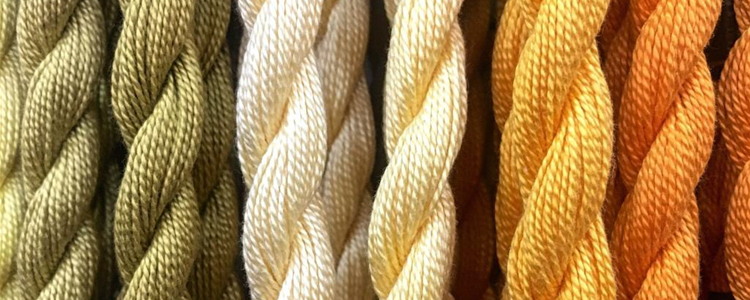
India Ratings and Research (Ind-Ra) expects the imposition of an anti-dumping duty on high tenacity Chinese polyester fibres to benefit domestic manufactures. The duty will smear away any import price advantages and will aid domestic manufactures to improve their capacity utilisation rates. Additionally, Ind-Ra does not expect a material impact of the anti-dumping duty on the end-users, since high tenacity polyester fibres constitute a small proportion of the total cost as an input material.
Domestic manufactures are facing heavy losses in this segment due to cheap Chinese imports. According to Directorate General of Anti-Dumping & Allied Duties (DGDA), the indexed loses (base year=FY14=100) of domestic producers increased by 246% from FY14-FY17.
Ind-Ra believes domestic companies will be favourably placed to cater to the rising domestic demand (up at 13% CAGR from FY14-FY17), given their already low capacity utilisation rates and Reliance Industries Limited’s additional capacity expansion of 27,000 metric tonnes per annum.
Ind-Ra opines volumes and realisations for some of the domestic manufactures especially Reliance Industries and SRF Limited may improve. This will primarily be because of improved demand-side fundamentals and the manufacturers’ better position and large market share to pass on any rise in input cost due to rising commodity prices. Additionally, the government subsidies for manufacturing of polyesters could aid in the improvement in margins.
India imports about 70% of high tenacity polyester fibres from China, which catered to more than half of the domestic consumption. Additionally, these imports accounted for 80% of the domestic production during FY17. This was primarily due to the lower price prevalent in Chinese markets.
However, the spread between the prices of polyester filament yarn, which forms an important raw material to produce high tenacity fibres of India in relation to Chinese import prices, have tightened recently. The spread over the Chinese import prices was 16% in FY17, declining to 3% in June 2018. An increase in the imported price of the raw material leading to an increase in landed cost of high tenacity fibre could be one of major reasons for the fall in India’s imports from China.


